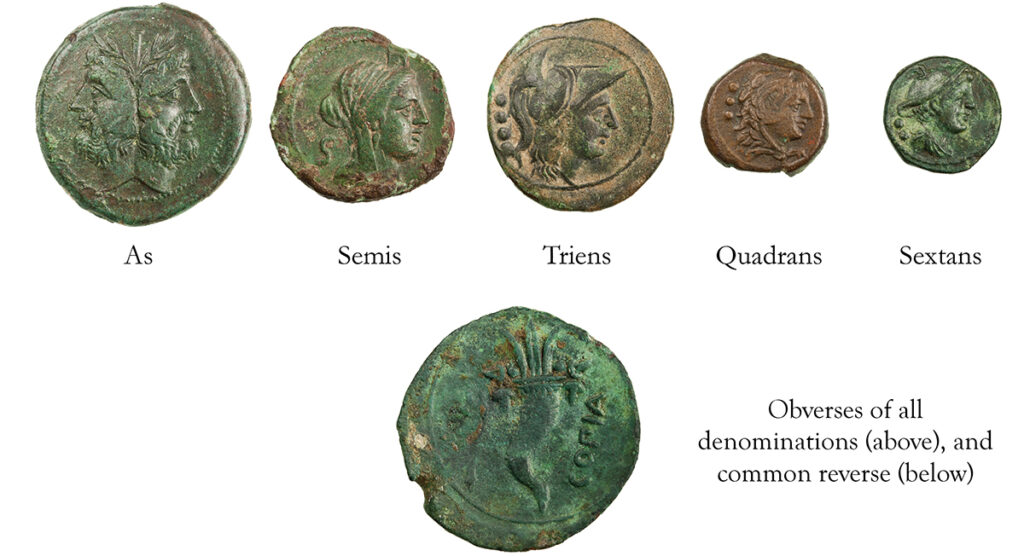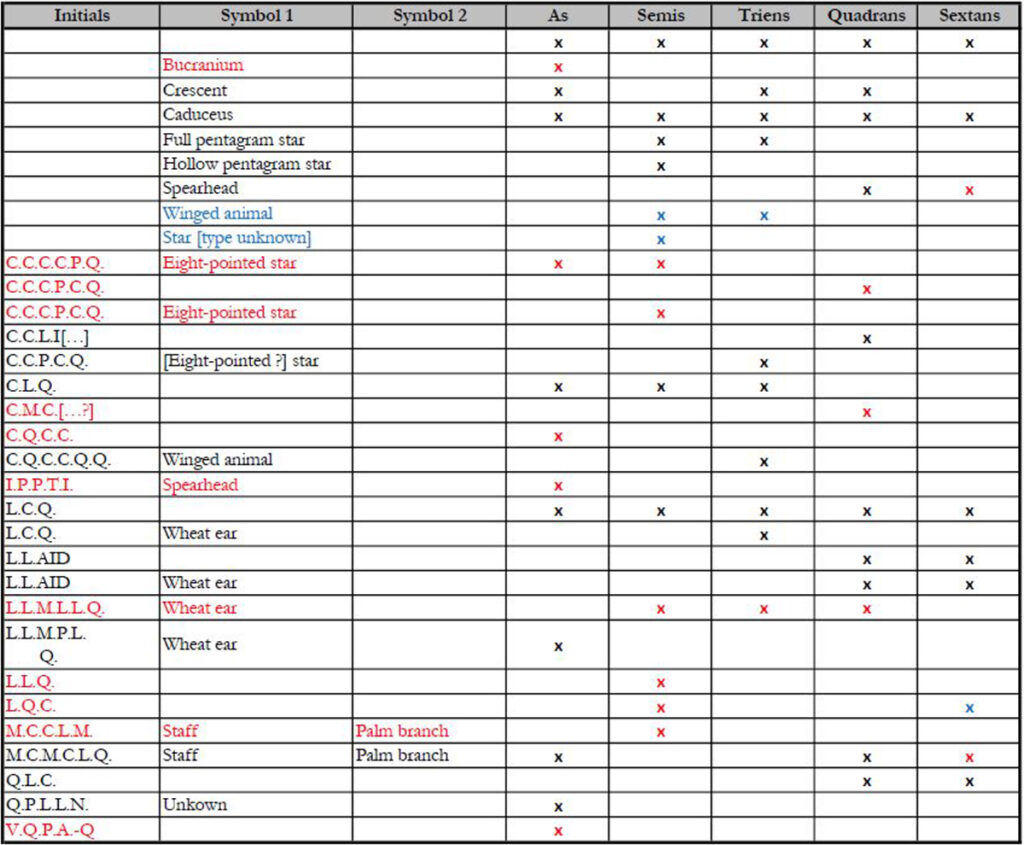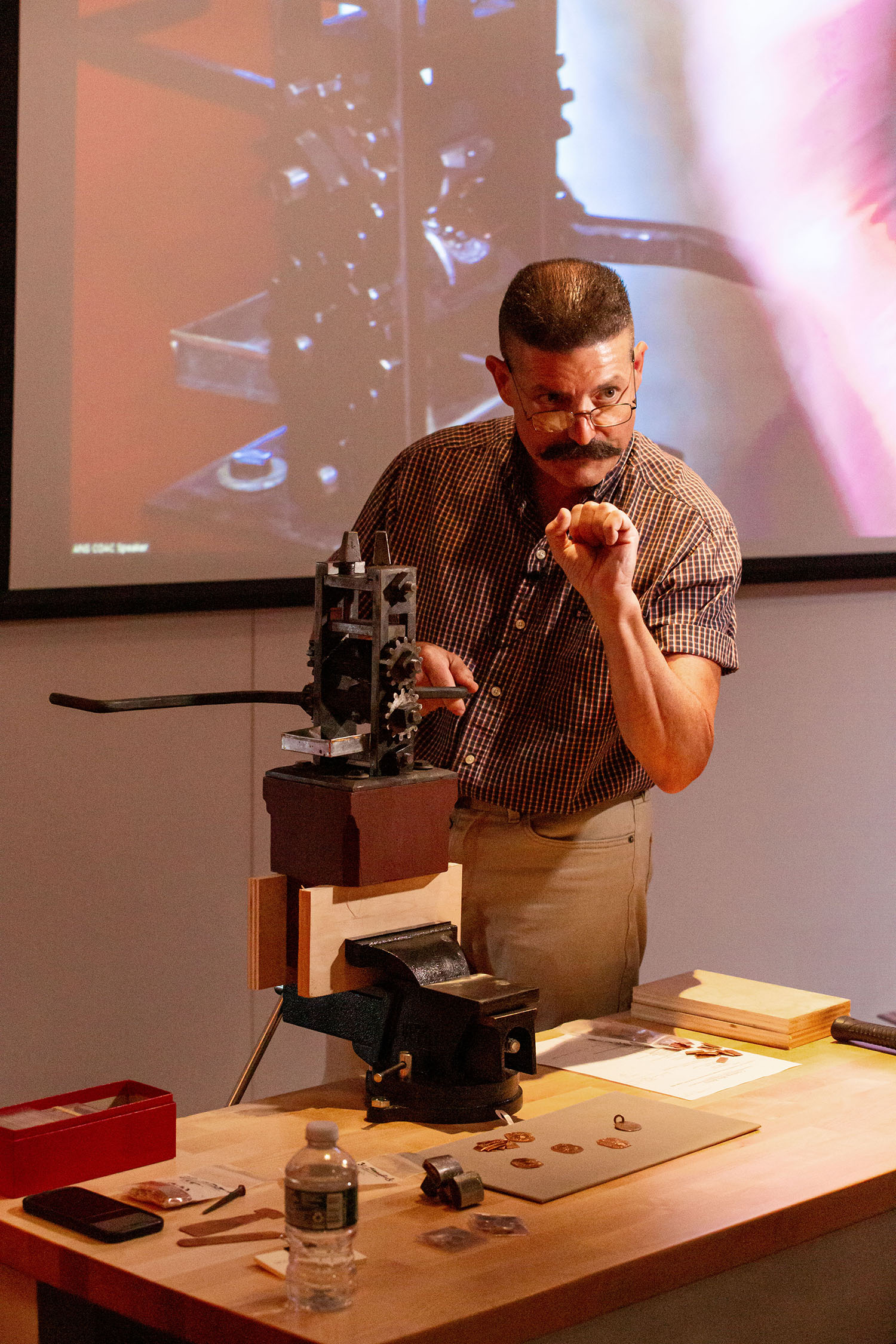Coinage in the Roman Provinces: Conference Highlights, Part 2
Part 1 of this 3 part post was published on April 12, 2021
The second day of the conference, March 24, 2021, chaired by Pere Pau Ripollès, focused on “new” coinages in the Roman provinces, namely coinages that featured the names of Roman magistrates. H. Güney focused on the bronze coinages issued in the names of Roman proconsuls beginning in the late 60s BC by the Bithynian cities of Apamea, Bythinium, Nicaea and Nicomedia.




The importance of the civic coinages of these Bithynian cities is testified for a later period not only by the sheer number of obverse dies, but by the large radius of their circulation, since a relevant number of specimens of these issues was found in Moesia and other Danubian provinces.


The presence of these bronze civic issues in different provinces testifies not only to the increased movement of individuals throughout the empire, but also to the growing interconnectivity of the monetary systems in the Roman provinces beginning in the mid-first century BC. In his paper, C. Eilers, presented new evidence for the early (and exceptional) presence of Roman magistrates on bronze civic issues in the province of Asia. Through a well-documented and convincing analysis, he showed that the proconsul of Asia, C. Atinius Labeo, attested on Ephesian cistophori and staters for the year 122/1 BC, is also attested on the bronze coinage of the small Mysian town of Atarnaeus.


This paper suggest that Roman magistrates could be involved in local civic coinages as early as the 120s BC, further strengthening the idea of a very early Roman involvement in the coinages of Roman provinces. In her contribution on Macedonia and Thrace, S. Kremydi highlighted the presence of numerous and—in some cases—unique overstrikes on the Macedonian coins included in the RBW Collection, which contribute to solving the problems in the chronology of these coinages.


One bronze specimen naming L. Fulcinnius, part of the so-called “Quaestors issues” presumably issued in 148/7 BC, is overstruck on a civic issue from Amphipolis, suggesting that issues in the names of the cities were contemporary to those of the “Quaestors”.

Several specimens of another “Quaestors” issue naming L. Fulcinnius, are overstruck on issues traditionally attributed to D. Silanus and usually dated around 142 BC, and vice versa.

These mutual overstrikes seem to suggest that these issues were produced in the same years. Moreover, the RBW Collection includes a specimen of a Thasos-type tetradrachm, again a “surrogate” coinage issued by the Romans in the course of the first century BC, which has been overstruck on a Macedonian Aesillas tetradrachm, issued in the name of the quaestor Aesillas in the same years.

The presence of this overstrike (and possibly of an overstrike of Aesillas on a Thasos-type tetradrachm) at the very least suggests a concerted production between the mints responsible for these two coinages, if not their identity.

In a groundbreaking analysis of the Romano-Sicilian coinages issued in Sicily in the course of the second century BC, S. Frey-Kupper offered a new periodization for these coinages, based on the 254 specimens included in the RBW Collection and on the 459 included in M. von Bahrfeldt’ s 1904 archive.
According to her new classification, which adds and improves on Bahrfeldt’s intuition, all the issues with Latin magistrates’ names were produced in Western Sicily between 190 and 140 BC.


According to her new classification, which adds and improves on Bahrfeldt’s intuition, all the issues with Latin magistrates’ names were produced in Western Sicily between 190 and 140 BC.


Moreover, on the basis of very strong archaeological data, she identifies the mint issuing these coins with Lilybaeum, ending a century-long debate on the location of the mint for these Romano-Sicilian coins.

In the last paper of the day, E. Wall presented for the first time an extensive overview on the colonial coinage of the otherwise understudied coinage of Copia in Southern Lucania. According to Livy and Strabon, this colony was founded in 194 BC on the site of the ancient Sibari.


The coinage of the colony, which presents several elements in common with the Romano-Sicilian coinages and the coinages of Paestum and Vibo Valentia, followed the Roman denominational system and included the names of Roman magistrates, mostly quaestors and aediles.



Copia’s coinage was quite likely issued between 190 and 140 BC, presenting an almost perfect synchronicity with the Romano-Sicilian coinages.
Part 3 of this 3 part post was published on Tuesday, April 14, 2021.




